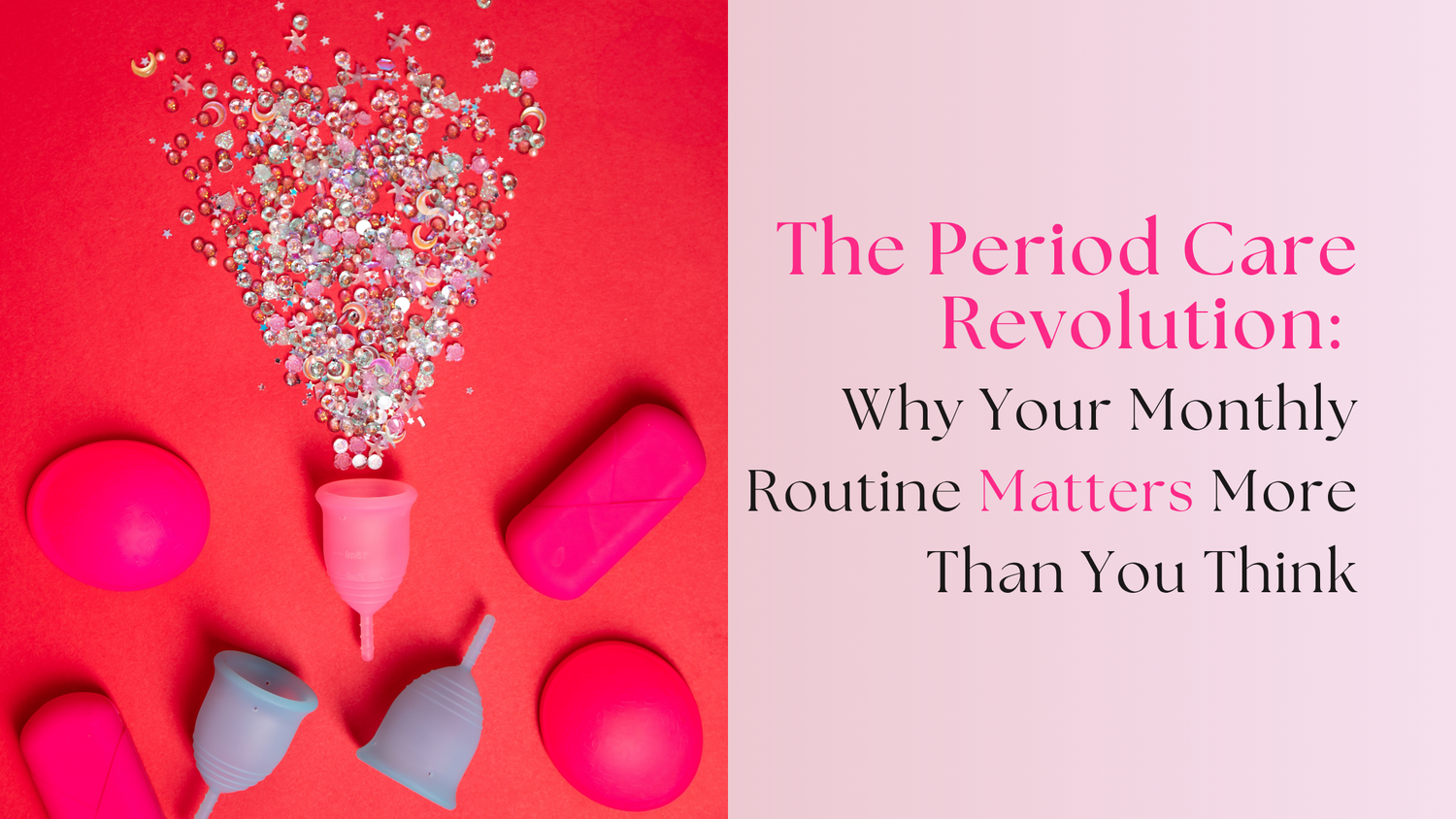Yoga: A Natural Remedy for Hormonal Imbalance
Yoga, an ancient practice revered for its ability to improve flexibility, balance, and strength, also plays a crucial role in addressing a less discussed yet significant health concern: hormonal imbalance. In this 800-word blog, we explore how yoga, particularly its stretching aspects, can be a natural and effective way to regulate hormones and promote overall well-being.
Understanding Hormonal Imbalance and Its Impacts
Hormones, the body's chemical messengers, are pivotal in regulating various bodily functions, including metabolism, sleep, and mood. When these hormones are out of balance, it can lead to a multitude of issues ranging from stress and fatigue to more serious conditions like diabetes and thyroid disorders. Factors contributing to hormonal imbalance include stress, an unhealthy lifestyle, and lack of physical activity.
The Role of Yoga in Balancing Hormones
Yoga, with its unique blend of physical postures, breathing techniques, and meditation, can be a powerful tool in restoring hormonal balance. Here’s how:
1. Reduces Stress: Yoga helps in reducing cortisol, the stress hormone, through its calming and meditative practices. Lower stress levels naturally lead to hormonal regulation.
2. Improves Glandular Function: Certain yoga poses stimulate the endocrine glands, enhancing their efficiency and helping in hormone secretion.
3. Promotes Blood Flow: Yoga improves circulation, ensuring that hormones are efficiently distributed throughout the body.
4. Balances the Nervous System: Yoga’s focus on mindfulness and breathing balances the sympathetic and parasympathetic nervous systems, crucial for hormonal balance.
Effective Yoga Stretches for Hormonal Balance
Let’s look at some specific yoga asanas that are particularly beneficial for hormonal balance:
- Bridge Pose (Setu Bandhasana):

Benefits: Stimulates the thyroid gland, balances the hormones, and alleviates stress.
How to Do It: Lie on your back, bend your knees, and place your feet on the ground. Lift your hips towards the ceiling, clasping your hands under your back.
- Child’s Pose (Balasana):

Benefits: Relaxes the nervous system and aids in adrenal gland function.
How to Do It: Kneel on the floor, touch your big toes together, sit on your heels, then lay your torso down between your thighs and stretch your arms forward.
- Cobra Pose (Bhujangasana):

Benefits: Stimulates the thyroid and thymus glands, balancing metabolism and immune response.
How to Do It: Lie on your stomach, place your hands under your shoulders, and gently lift your chest off the floor.
- Legs-Up-The-Wall Pose (Viparita Karani):

Benefits: Regulates blood flow and soothes the nervous system, aiding in hormonal balance.
How to Do It: Lie on your back and extend your legs against a wall, keeping your body in an L-shape.
- Forward Bend (Uttanasana):

Benefits: Stimulates the pituitary gland, promoting hormonal equilibrium.
How to Do It: Stand straight, exhale, and bend forward from the hip joints, keeping the knees straight.
Integrating Yoga into Your Lifestyle for Hormonal Health
Consistency is key when using yoga as a tool for hormonal balance. Regular practice, even if it's just a few minutes a day, can lead to significant improvements over time. Remember, it’s not just about the physical postures; the breathing exercises (pranayama) and meditation aspects are equally important.
Yoga: A Holistic Path to Hormonal Balance and Wellbeing
Yoga offers a holistic approach to health, addressing not just the physical but also the hormonal aspects of well-being. By incorporating specific yoga stretches into your daily routine, you can embark on a natural and effective path toward hormonal harmony. Embrace yoga not merely as a form of physical activity but as a means to nurture your body, calm your mind, and restore balance within.





